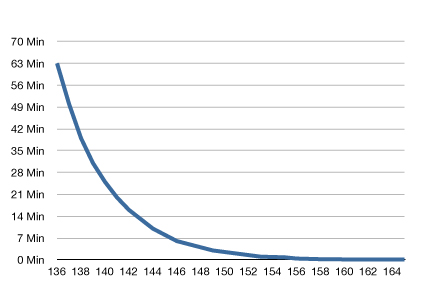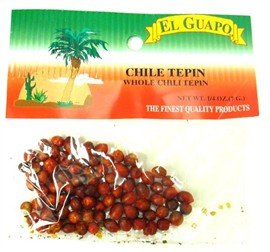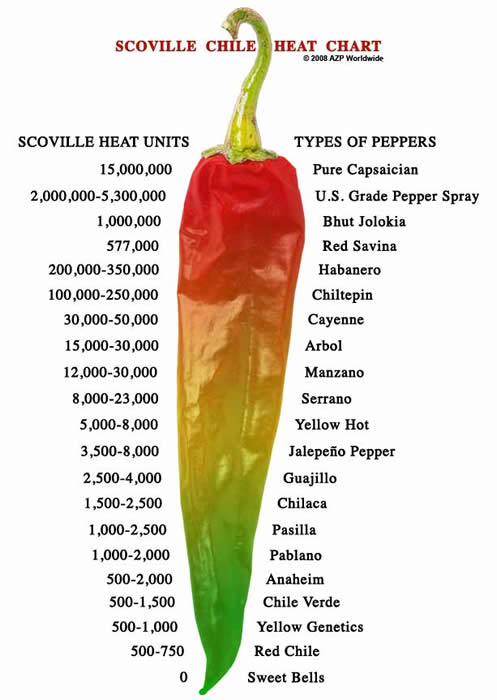After having binge-watched a selection of carnivorous Youtube videos, I’ve come to the realisation that some are actually doing the carnivore-thing RAW. Any thoughts on this here? I do like my steak rare, but other meats I prefer slow cooked (like lamb). People like Frank Tufano, Sv3rige (Gatis) are two that keeps popping up in my suggested feed on YT, and I’m curious if there’s anyone here that eats raw meat / organs regularly? Or fermented meat (high meat)?
Raw carnivore?
Both of those YouTubers have issues for sure. Sv3rige is a flat-earther, and Frank is very full of himself and extremely negative toward others in the space.
That being said, raw has its merits. Careful on your sources, one carnivore had to be hospitalized for a really bad ecoli infection.
Sorry, it was salmonella, and may have coincided with a mass outbreak.
That being said, I’m friends with a few raw carnivores on Facebook who have not been sick and have reported improvement.
Yeah, I figured at least Sv3rige has some issues, and the only videos of his I watch are the Ex-vegan interviews. The rest of them I find quite disturbing, but he looks at least physichally very healthy 
Ah, I see - we don’t have much of that in Norway fortunately, but I would definitely be careful about things like ground beef / minced meat and such.
I have read a few posts on another Forum of people getting food poisoning.
Five months in on carnivore, always cook it myself. Do not think eating raw is worth the risk, at the present moment.
That would be discouraging for sure - freezing / cooking definitely gets rid of most undesireable bacteria. I would think that one should, like @Dread1840 said, be critical of the source. Still, it would be a calculated risc.
I do enjoy Steak Tartare. But beef is the only meat I eat raw. It’s always made from a large cut bought vacuum sealed. I would never use pre ground meat, and I always use a portion of meat from the interior of the muscle so I know it was never exposed to air and possible contamination.
I’m not carnivore, but 50% of all my meals are raw. Since I don’t trust factory meat, most of what I buy directly from producer. What’s local for me is fish. It’s been touched by only a couple of hands as it’s gone from ocean to ice chest to my plate, all within the span of a few hours. My high consumption of sashimi hasn’t caused any problems. But if I were concerned, I’d buy a chest freezer solely for meat storage, keep the temperature below -4, and keep my meat frozen for a week before consuming it. This process will eliminate most parasites. It’s most commonly used for fish but it should be suitable for any type of meat.
I think that’s the way to do it if you want raw… ish. It’s the parts of the meat that have been exposed to air (the surfaces) which could be contaminated, Ground beef has way too much surface area for me to consider it safe for raw. Other meats, I would be more comfortable searing to take care of the exposed areas.
But I don’t really like rare much so it’s a bit of a non-issue for me. 
I cook my meats rare for flavor, which is not the same temperature across the meats. - Love sashimi
- fish, salmon seared on the edges and sashimi rare in the center or smoked
- oysters, add horseradish
- muscles and clams - fully boiled no exception
- Beef, ‘it’s what’s for dinner”, whole cuts cooked for tenderness and juices and usually on the rare side, ground beef once in a while and that is closer to medium
- pork, cooked low and slow until it falls apart or 135F for tenderloin
- lamb, chops as rare as possible, shanks low and slow
- chicken, just can’t cook it anymore but is a good go to from the rotisserie while traveling
- pork bellie, allow it to render slowly and I keep it on the chewy side
- elk, tenderloin medallions rare as long as the meat is fresh or fresh defrosted
Maybe sous vide the meats just to take the edge off the rawness? If your a little squeamish about rawness! I love raw meat[3]!
References:
- Sous Vide Doesn’t Play By USDA Rules. Heat kills bacteria, but bacteria don’t all die at once when the meat hits 145°F. They start croaking at about 130°F, and in theory, if you hold a piece of beef at 130°F internal temp for about two hours, you can kill all the bugs. …More

138 degrees is also the minimum for cooking pork. That’s the point when Trichinosis is eliminated. It can also be eliminated by freezing for a specific time at a specific temp. That’s how they make pork safe for dry cured, uncooked sausage like Pepperoni.
Mix some of these babies (chili tepins) in with freshly squeezed garlic juice into the offal (organ meats) w/muscle meat and run it through the meat grinder; helps kill the bugs and cooks the meat a little bit, they use these chili tepins (second hottest chili pepper in the world) to make U.S. grade pepper spray, I think the Japanese chili pepper beats it but not by much in Scoville heat units …lol
I put these chili’s on everything I eat, love them a lot!
You can do this with freshly squeezed garlic juice and ground beef etc. it helps cook the meat so it is safer to consume raw. I would not recommend this with pork though unless you know what your doing!


Related:
I think “raw carnivore” would be difficult as a goal if trying for 100%.
If you really believe there are benefits then take a “do it when you can” approach to get those benefits.
In other words – some well sourced meat that you had strong knowledge of its history (kept cold, not ground, you know the farm etc.) would make sense.
But, practically speaking, there will be times when that isn’t the case.
Maybe something is finished defrosting while you are still on the last defrosted batch.
(My feeling is some time defrosted in the fridge is fine if you’re going to cook it but, you’d want that to be a very short time if you were sticking with raw.)
Trying to be safe the other way is a problem too – being stuck hungry with nothing defrosted and unwilling to sou vide or slow cook up to raw could leave you hungry until the next day.
If you are eating when hungry and not when not then, would you throw away an expensive grass fed ribeye that shouldn’t be eaten raw because it was defrosted for too long vs. being fine with some amount of heating?
The benefits might not outweigh the risks trying to do this all of the time if you force yourself to take chances (month in and month out – where a single mistake can be a big consequence problem).
The benefits might not outweigh the “high maintenance” requirements if you try to take no chances by keeping up very demanding shopping and consumption schedules (as well as being unable to eat with anyone at just about any restaurant).
I have a hard time believing that chart. I’ve eaten wild chili pequin/tepin/poteen/howeveryouwanttospellit my whole life and never found them to be particularly hot. I’ve probably had hotter jalapenos.
Speaking of jalapenos, they are very variable in their hotness. You’ll get one that has absolutely zero heat like a bell pepper, then the next one will be hotter then a serrano.


